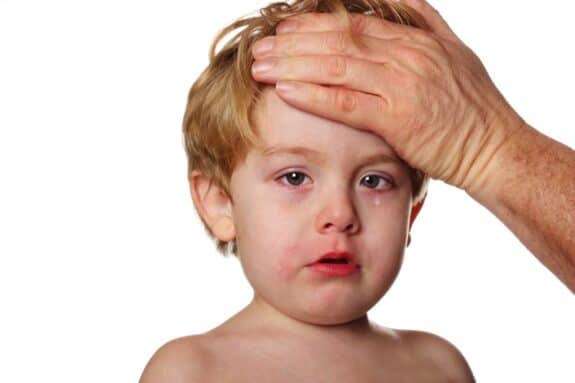Sepsis (otherwise known as blood poisoning) is a condition in which the body overreacts to an infection. Most commonly seen in young children and the elderly, it can be deadly if not caught early. In fact, an alarming percentage of the children who are hospitalized for sepsis each year in the United States do not survive (some 250,000 kids). Part of the reason for this is that, once the body goes into shock, the load of medication needed to even attempt to save their life is simply too high. As such, parents are being educated and encouraged to learn more about sepsis – particularly when it comes to recognizing the early warning signs.
“The immune system goes into overdrive,” said Allyson Moe, a nurse and specialist in emergency services at Roper St. Francis. “It not only kills the infection, it also damages the organs, which can lead to organ failure and death. So it’s very serious.”
Clover Harrold’s family understands this truth, all too well. They lost their daughter in April of this year to sepsis. At first, they just noticed she wasn’t feeling well. It wasn’t until things started to progress that they took her to the emergency room. By the time she arrived, it was already too late to save her life.
In hindsight, her parents say they should have recognized the signs – Clover’s skin was mottled, she was running a high fever, didn’t have an appetite, and was experiencing an elevated heart rate. But those signs can seem like something else when you’re dealing with a sick kid. That’s why Allison and Daniel Harrold, Clover’s parents, are encouraging parents to simply ask.
“When you have certain symptoms, just ask your doctor, ‘Could this be sepsis?’” Allison said. “In health care, you do have to advocate for yourself, for your family members.”
That is exactly what experts are recommending as well. In fact, if you notice any of the following symptoms in your child, you are encouraged to go to the nearest emergency room to determine if your child could be suffering from sepsis:
- A temperature that exceeds 101 degrees or is below 96.8 degrees;
- Clammy or sweaty skin;
- Shortness of breath;
- Extreme pain or discomfort;
- Confusion or disorientation;
- A heart rate that exceeds 90 beats per minute;
- Pale or mottled skin;
- Lethargy or a child that is difficult to wake up.
Parents can also do their part to prevent sepsis by ensuring they always clean any open wounds or cuts carefully, never expose such wounds to germs (so start with clean hands), and attempt to keep the wound clean, dry, and infection-free. Band-aids or other coverings can help, but you will still need to check the wound frequently for any signs of infection (i.e. redness that extends beyond the cut, red striping around the wound, heat coming from the area, increased pain, and/or discharge from the wound).







